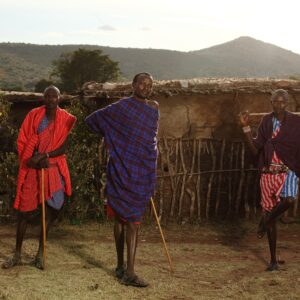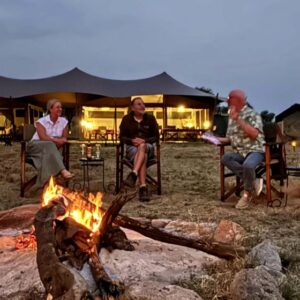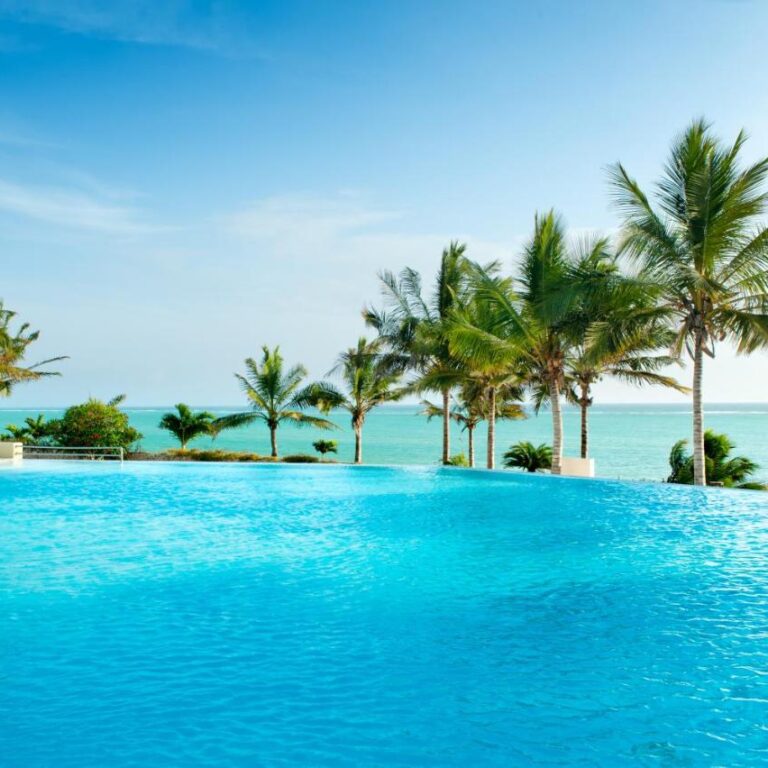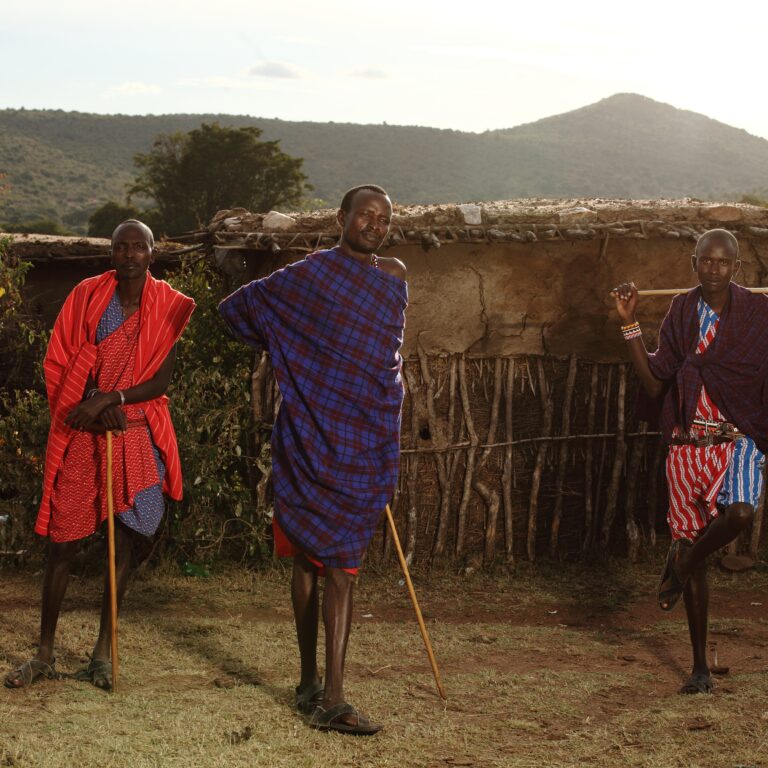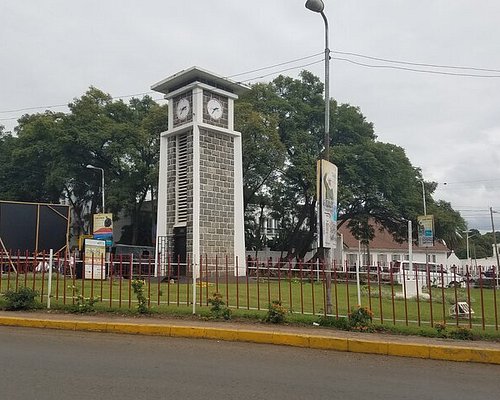The Woman’s Guide to Climbing Kilimanjaro: A Journey to the Roof of Africa
Embrace the Challenge Climbing Mount Kilimanjaro is a life-changing experience, and this guide is specially crafted for adventurous women seeking to conquer Africa’s highest peak. Amidst breathtaking landscapes and diverse wildlife, Kilimanjaro stands tall as an awe-inspiring symbol of determination and achievement. The journey requires preparation, courage, and passion. In “The Woman’s Guide to Climbing Kilimanjaro,” we present a detailed outline to make your expedition remarkable.
The Woman’s Guide to Climbing Kilimanjaro
Embarking on the journey of a lifetime demands proper planning and guidance. As women, we can conquer any challenge, and scaling Kilimanjaro is no exception. This guide equips you with the knowledge and motivation required to succeed. Here’s an outline to ensure a comprehensive understanding:
Understanding Mount Kilimanjaro
Mount Kilimanjaro, located in Tanzania, is not just the highest mountain in Africa but also the tallest freestanding mountain in the world. Rising majestically to an elevation of 5,895 meters (19,341 feet), Kilimanjaro lures adventure enthusiasts from across the globe. Its allure lies not only in its physical grandeur but also in the diverse ecological zones that climbers traverse on their way to the summit.
The mountain’s history is intertwined with captivating folklore and rich culture, making the journey even more enchanting. The volcanic formations and glaciers on the summit add to its mystique. As we embark on the ascent, we delve deeper into the unique flora and fauna that thrive in Kilimanjaro’s distinct climate zones, including the rainforest, moorland, alpine desert, and arctic zone.
Preparing for the Ascent
Before embarking on the Kilimanjaro expedition, it’s essential to prepare yourself physically, mentally, and emotionally. Climbing Kilimanjaro is an arduous task that demands excellent fitness and stamina. Engaging in regular cardio and strength training, such as hiking, running, and core exercises, will help you build the required endurance for the climb.
Mental preparation is equally crucial, as the journey is as much a mental challenge as it is a physical one. The ability to remain positive, resilient, and focused during challenging moments is essential for summit success. Remember, every step towards the summit is a step closer to realizing your dream.
Choosing the Right Route
Kilimanjaro offers several routes, each with its own allure and challenges. Depending on your preferences and experience, you can select the route that best suits you. Here’s a brief overview of some popular routes:
Lemosho Route: The Ultimate Challenge
The Lemosho Route is the most scenic and less crowded path, offering an extended and gradual climb. It grants climbers ample time to acclimatize, increasing their chances of reaching the summit successfully. The route winds through diverse terrains, providing stunning views and encounters with unique wildlife.
Machame Route: A Favorite Among Adventurers
Known as the “Whiskey Route,” the Machame Route is a thrilling and adventurous trail. It is slightly more challenging than the Marangu Route but equally rewarding. Climbers pass through a variety of landscapes, including dense forests and rocky ridges, making the journey exhilarating.
Marangu Route: The Easiest Option
Often called the “Coca-Cola Route,” the Marangu Route is the most straightforward path to the summit. It features comfortable mountain huts for accommodation, providing a more relaxed climbing experience. However, the ascent and descent follow the same path, which can be less appealing to some climbers.
Rongai Route: The Less Traveled Path
The Rongai Route is the only route that approaches Kilimanjaro from the north, starting near the Kenyan border. It is less crowded and offers a more serene trekking experience. The path is known for its picturesque landscapes and captivating wilderness.
Umbwe Route: A Test of Resilience
The Umbwe Route is the most challenging and steepest approach to Kilimanjaro. It is recommended for experienced trekkers seeking an adrenaline-pumping adventure. The route is less crowded, and the rugged terrain adds an element of thrill to the journey.
Safety and Health Precautions
As you venture higher into the mountain’s altitude, the risk of altitude sickness increases. Acclimatization is essential to give your body time to adjust to the thinning air. Climbers are advised to ascend slowly, allowing their bodies to adapt to the changing conditions.
Recognizing the symptoms of altitude sickness, such as headaches, nausea, and dizziness, is vital for your safety. If symptoms worsen, descending to a lower altitude is the best course of action. Proper hydration and nutrition are equally crucial for maintaining your energy levels throughout the climb.
The Climb Experience
Your journey to the summit of Kilimanjaro will be a multi-day adventure, and each day brings new challenges and rewards. Camping in the wilderness under the vast African sky offers a sense of connection with nature that is unparalleled. As you ascend through the different climate zones, you will witness the unique beauty and biodiversity of each region.
Stay tuned for more engaging content on “The Woman’s Guide to Climbing Kilimanjaro” as we explore inspiring stories of women achievers, environmental conservation efforts, and tips for capturing the memories of this extraordinary journey.
Can I climb Kilimanjaro if I’m not an experienced mountaineer?
Absolutely! While prior trekking experience is beneficial, Kilimanjaro is considered a non-technical mountain. With proper preparation and guidance, women of various fitness levels can undertake this adventure.
What permits are required to climb Kilimanjaro?
Climbers need several permits, including park fees, camping fees, and rescue fees. It’s essential to book your climb through a reputable tour operator that will handle the permit arrangements for you.
How much does it cost to climb Kilimanjaro?
The cost varies depending on the route, the number of days, and the services provided by the tour operator. On average, expect to invest between $3,000 to $5,000 for a standard 7 to 8-day trek.
Are there age restrictions for climbing Kilimanjaro?
There is no strict age limit for climbing Kilimanjaro, but climbers must be at least 10 years old. However, it’s crucial to assess your physical fitness and consult with a healthcare professional before undertaking the climb.
What should I pack for the climb?
Packing the right gear is crucial for a successful climb. Your tour operator will provide a comprehensive list of essentials. Some key items include proper clothing, sleeping bag, hiking boots, trekking poles, and a waterproof backpack.
Is climbing Kilimanjaro safe for women?
Yes, climbing Kilimanjaro is safe for women when proper precautions are taken. It’s essential to choose a reputable tour operator with experienced guides who prioritize safety and acclimatization.
Conclusion: Triumph at the Roof of Africa
“The Woman’s Guide to Climbing Kilimanjaro” is your passport to the exhilarating journey of scaling Africa’s highest peak. As a woman, you possess the strength and determination to conquer this awe-inspiring challenge. With proper preparation, guidance, and a sense of adventure, you can stand proudly at Uhuru Peak and revel in the triumph of achieving the extraordinary.
Remember, Kilimanjaro is not merely a physical climb; it is a spiritual and emotional journey that will leave an indelible mark on your soul. So lace up your hiking boots, embrace the challenge, and make memories that will last a lifetime. TripAdvisor Reviews


